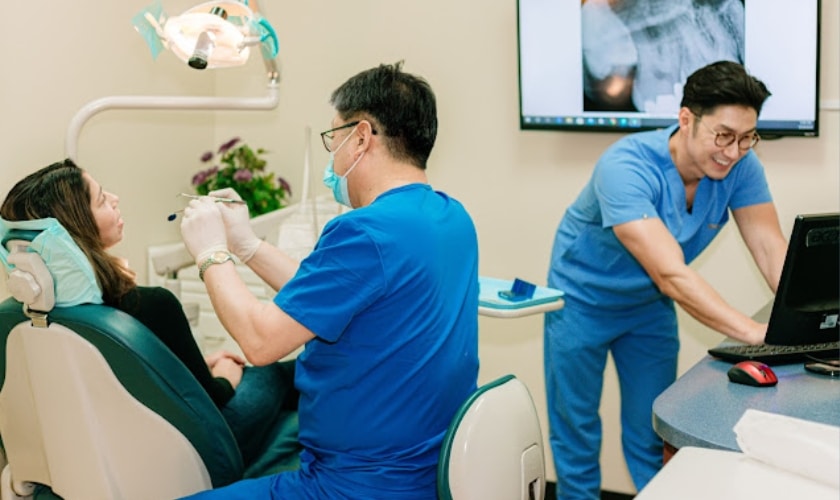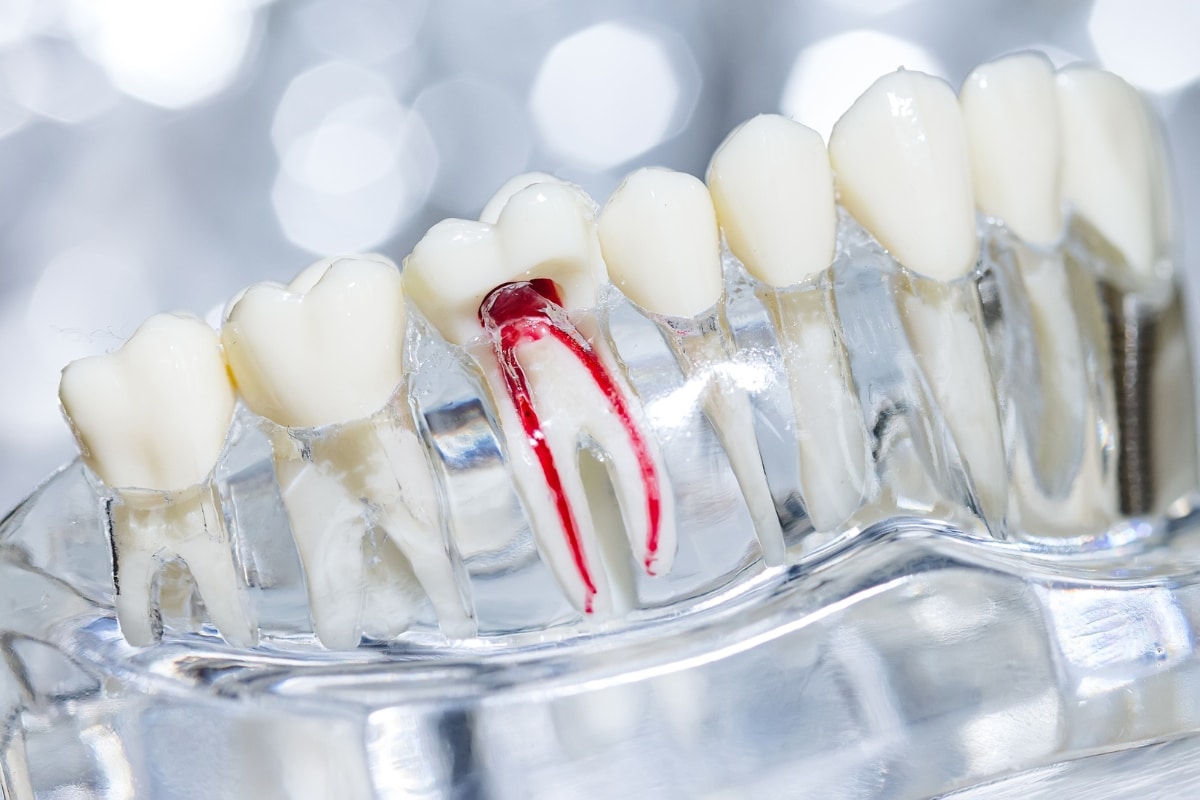
4 Conscious Sedation Drugs Used in Dentistry
Fear and anxiety surrounding dental procedures are common, often preventing individuals from seeking necessary dental care. However, advancements in dentistry have introduced techniques to alleviate these fears and discomfort, one of which is conscious sedation. In this comprehensive guide, we’ll delve into the realm of conscious sedation drugs used in dentistry. From understanding what conscious sedation entails to exploring the benefits and the most commonly used drugs, this article aims to shed light on a crucial aspect of modern dentistry.
What Is Conscious Sedation?
The thought of a dental appointment can send shivers down the spine of many people. Anxiety, fear of pain, or a history of bad experiences can make sitting in the dentist’s chair a daunting task. Thankfully, modern dentistry offers a solution: conscious sedation.
Conscious sedation, also known as sedation dentistry, is a technique that utilizes various medications to help patients relax and feel more comfortable during dental procedures. Unlike general anesthesia, which renders you completely unconscious, conscious sedation allows you to remain aware of your surroundings and respond to your dentist’s instructions. This makes it a perfect option for patients who experience dental anxiety or require complex procedures.
Benefits Of Conscious Sedation:
Conscious sedation offers a variety of benefits for both patients and dentists:
- Reduced Anxiety: For patients with dental phobia or anxiety, conscious sedation can significantly reduce stress and fear, making the dental experience more manageable.
- Increased Comfort: The medication helps patients relax and feel less pain during the procedure.
- Improved Cooperation: Patients under conscious sedation are often more cooperative with the dentist, allowing for a smoother and more efficient procedure.
- Gag Reflex Control: Certain medications used in conscious sedation can help control the gag reflex, which can be beneficial for procedures involving the back of the throat.
- Faster Recovery: Compared to general anesthesia, conscious sedation has a shorter recovery time, allowing patients to return to their daily activities faster.
4 Conscious Sedation Drugs Used By Sedation Dentists
The choice of conscious sedation drug depends on several factors, including the patient’s medical history, the type of dental procedure, and the desired level of sedation. Here’s a look at four commonly used conscious sedation drugs:
Nitrous Oxide (Laughing Gas):
This is the mildest form of conscious sedation, often referred to as “laughing gas.” Nitrous oxide is a colorless, odorless gas that is mixed with oxygen and inhaled through a mask. It takes effect quickly, inducing a feeling of relaxation and euphoria. The effects wear off rapidly after stopping inhalation, making it ideal for short procedures.
According to a study published in the Journal of Dentistry, nitrous oxide is a safe and effective method for reducing anxiety in dental patients, with a high patient satisfaction rate.
Benzodiazepines:
This class of medications, which includes drugs like diazepam (Valium) and midazolam (Versed), are commonly used for moderate sedation. They work by calming the central nervous system, promoting relaxation and reducing anxiety. Benzodiazepines can be administered orally or intravenously (IV). Oral medications take longer to take effect, while IV administration provides faster and more controlled sedation.
A review article in the Journal of Dental Anesthesia and Pain Medicine (JDAPM) suggests that midazolam, a derivative of benzodiazepines, is a popular choice for dental sedation due to its effectiveness in reducing anxiety and causing memory loss with minimal cardiovascular and respiratory side effects.
Ketamine:
This medication produces a dissociative state, where patients feel detached from their surroundings. While not technically “unconscious,” they may experience a dreamlike state and have minimal memory of the procedure. Ketamine is typically administered intravenously and is often used in combination with other medications for pain management.
The JDAPM review also highlights ketamine’s role in conscious sedation. It offers pain relief and reduces memory of the procedure while maintaining vital reflexes. However, ketamine can cause side effects like hallucinations and disorientation, making it less suitable for all patients.
Propofol:
This medication is a short-acting sedative that produces a deeper level of sedation approaching general anesthesia. Propofol is typically used for complex procedures or for patients with severe dental anxiety. Due to its potency, propofol requires administration by a dentist with advanced training and close monitoring of the patient’s vital signs.
What is the most common conscious sedation?
Within the realm of conscious sedation dentistry, a champion emerges – nitrous oxide, also fondly known as laughing gas. This mild yet effective medication stands as the most commonly used form of conscious sedation, offering a gentle touch for anxiety-ridden patients. But what makes nitrous oxide such a popular choice? Let’s delve deeper and explore why it reigns supreme in the world of dental sedation.
Winning Traits of Nitrous Oxide
Several factors contribute to nitrous oxide’s dominance in conscious sedation dentistry:
- Mild Effects: Nitrous oxide offers a light touch, inducing relaxation and a sense of euphoria without rendering you completely unconscious. You’ll remain aware of your surroundings and can respond to your dentist’s instructions.
- Rapid Onset and Offset: The effects of nitrous oxide kick in quickly, often within minutes of inhalation. Similarly, the effects wear off rapidly once you stop inhaling the gas, allowing for a swift return to normalcy after your procedure.
- Ease of Administration: Nitrous oxide is delivered through a comfortable mask placed over your nose. This simple and non-invasive method makes the experience less intimidating for patients.
- Safety Profile: When administered correctly by a qualified dentist, nitrous oxide has a well-established safety profile. This is particularly appealing for patients with mild dental anxiety who may be hesitant about stronger medications.
What is the most common conscious sedation medication?
Nitrous oxide, also known as laughing gas, is the most common type of conscious sedation used in dentistry due to its mild effects, rapid onset and offset, and ease of administration.
What medication is used for IV conscious sedation?
Midazolam and ketamine are two common medications used for IV conscious sedation. Midazolam offers moderate sedation with relaxation and anxiety reduction, while ketamine provides pain relief and amnesia along with a dissociative state.
What is used in IV sedation for wisdom teeth removal?
The choice of medication for IV sedation during wisdom teeth removal depends on the dentist’s preference and the patient’s needs. Here are some possibilities:
- Midazolam: As mentioned earlier, midazolam is a popular choice for IV sedation due to its effectiveness in reducing anxiety and causing some amnesia. It can be used alone or combined with other medications for pain management.
- Midazolam and Fentanyl: This combination provides moderate sedation with anxiety reduction and pain relief. Fentanyl is a powerful opioid analgesic that effectively manages pain during dental procedures.
- Propofol: For complex wisdom teeth extractions or patients with severe anxiety, propofol might be used due to its ability to induce a deeper level of sedation. However, this requires a highly trained dentist and close monitoring throughout the procedure.
A Bottom Line
Conscious sedation drugs play a crucial role in modern dentistry, offering a safe and effective way to alleviate anxiety and discomfort during dental procedures. By understanding the different types of conscious sedation and their benefits, patients can make informed decisions about their dental care and enjoy a more relaxed and pleasant experience at the dentist’s office in Riverside. If you have any concerns or questions about conscious sedation, don’t hesitate to discuss them with your trusted Riverside dentist for personalized recommendations and peace of mind.




